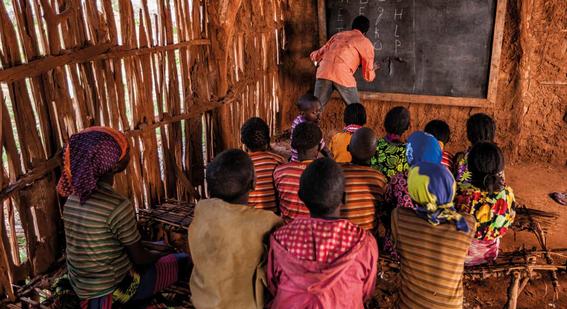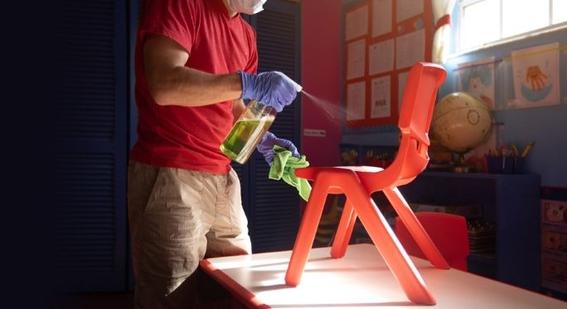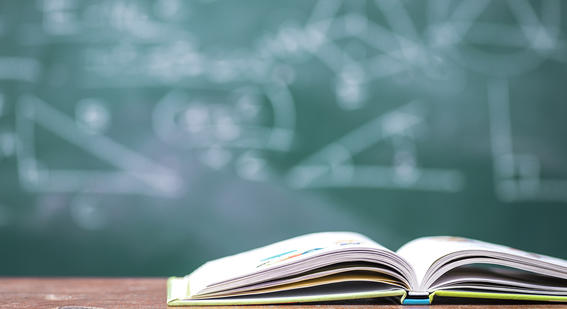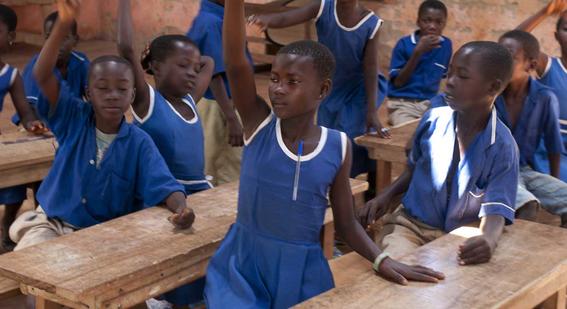Can education protect the needs of the indigenous people in the face of immigration?
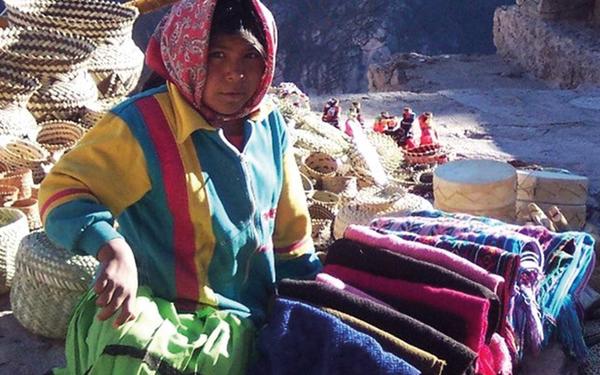
Who are the indigenous people?
Indigenous people maintain social, cultural, economic and political characteristics that are unique from the larger societies in which they live. With a special relationship to their traditional land, they are often regarded as invaluable custodians of knowledge systems for sustainable management of natural resources.
There is enormous diversity among communities of indigenous people. But despite their differences, the communities worldwide face shared challenges. According to the UN, ‘there are an estimated 370 million indigenous people in the world, living across 90 countries. They make up less than 5 per cent of the world's population, but account for 15 per cent of the poorest. They speak an overwhelming majority of the world’s estimated 7,000 languages and represent 5,000 different cultures.’ (UN 2018).
While indigenous people embody a diverse range of culture and languages, some of the indigenous languages are only spoken by minority groups of people. With research in education showing that students learn best in their mother tongue, many systems are working to determine the appropriate language of instruction in schools to benefit all students. The primary challenge for education systems today is how to safeguard indigenous people’s culture and identity through language while ensuring all young people have access to high-quality education.
Migration and movement: World's Indigenous People 2018
This year, International Day of the World's Indigenous Peoples centres on ‘Indigenous peoples’ migration and movement’. Going beyond the discussion on root causes of migration, it is an opportunity to highlight the challenges and ways forward to encourage and protect the indigenous peoples’ identities.
While most indigenous peoples prefer to stay in their traditional territories, there are those who migrate either from rural to urban areas, or from one country to another. Migration can happen either to escape challenges such as homelessness, unemployment, harassment and violence or to pursue opportunities including access to better social services such as education and health, security and jobs, and to seek peace.
Education challenges faced by people on the move
Many indigenous people are not able to access the basic right to education. Education equity also remains a concern as the needs of indigenous people may not be considered in most countries during the design of curricula and the organisation of teaching.
As learning begins at home in a child’s local language, evidence suggests that students in early grade years continue to progress, grasp new concepts and improve their understanding in their local language. When joining a school, maintaining the local language also allows for an easier transition to school life where everything else is new; from the physical and social environment to the students and teachers they meet. Reforming a system that has diverse languages and cultures so that it takes into account everyone’s needs remains a challenge.
Migration also affects children differently depending on their age. For example, a child of four or five years old joining a new education system taught in a new language, might not find it too difficult to integrate. However, if the same child was 13 or 14 years old, there would be much less time for them to master a new language and succeed in high-stake summative exams.
What is the way forward? How can indigenous peoples preserve their lifestyle, culture and language while benefitting from new education opportunities?
While governments can intervene through policy making, a greater impact will be derived from involving the wider society to develop sustainable practices. An example of this is the South Sudan education curriculum and programming framework for pastoralists developed in partnership with Food and Agriculture Organization of the United Nations (FAO) and UNESCO.
There are a variety of ways government and the society can work together to protect the lifestyle, culture and language of indigenous people. Some of these include:
- Creating programmes that preserve indigenous languages
- Empowering indigenous people so they’re able to manage development of their own communities
- Involving stakeholders from the indigenous people’s communities when making curriculum decisions
- Integrating awareness and respect of different cultures into every child’s early learning
- Building stronger visibility, connections and communication between indigenous people and the wider community
- Recognising every culture has a voice and providing platforms for indigenous peoples’ stories to be shared with the world
A quality education for all
At the core of our shared humanity, protecting the rights and dignity of indigenous people is protecting everyone’s rights. Ultimately, we must work towards a world where indigenous children, young people and adults have access to all levels of education; towards a quality education for all.

